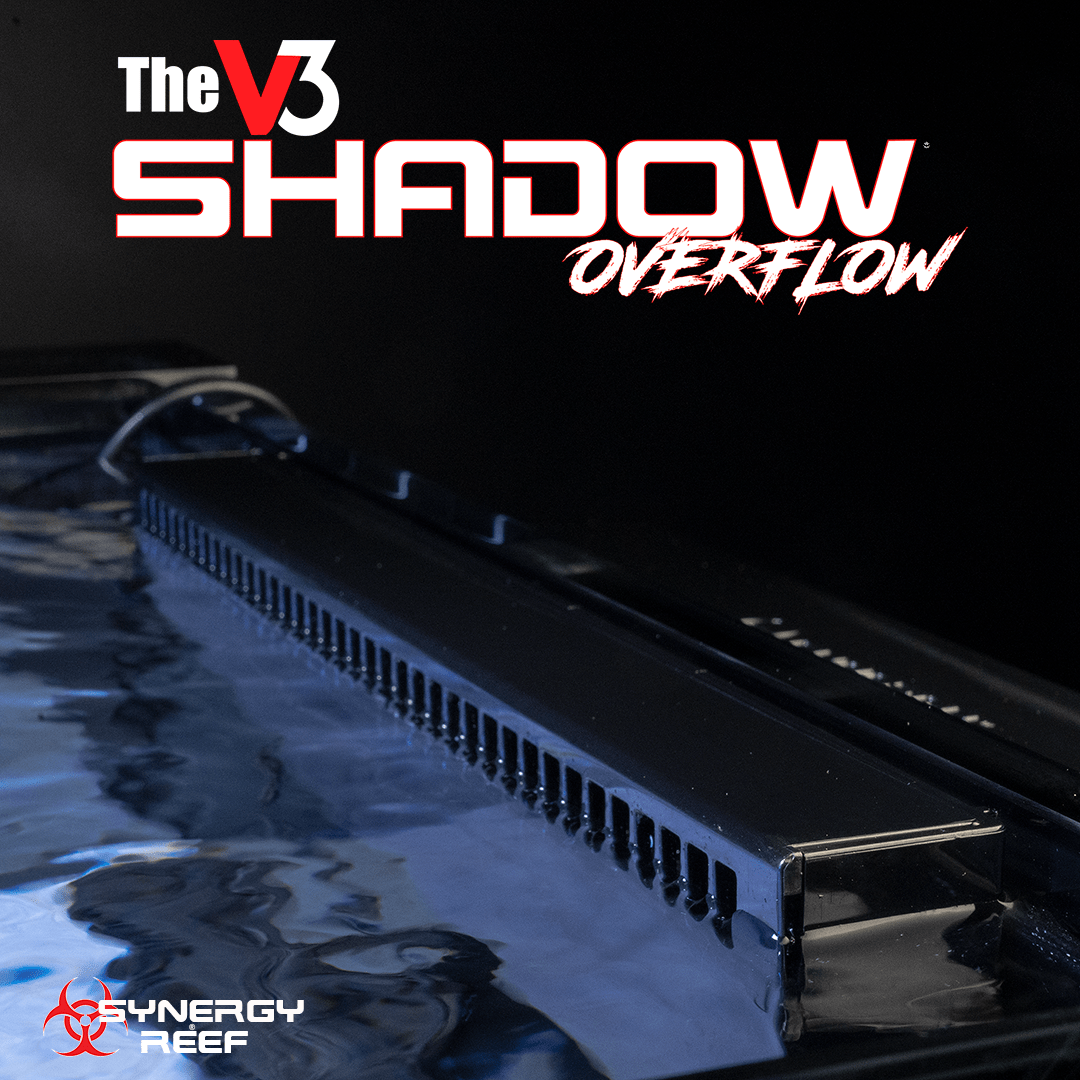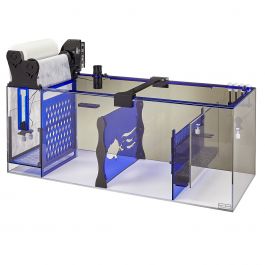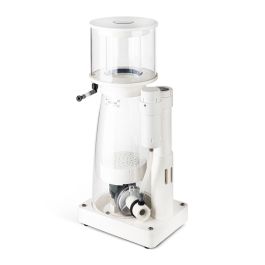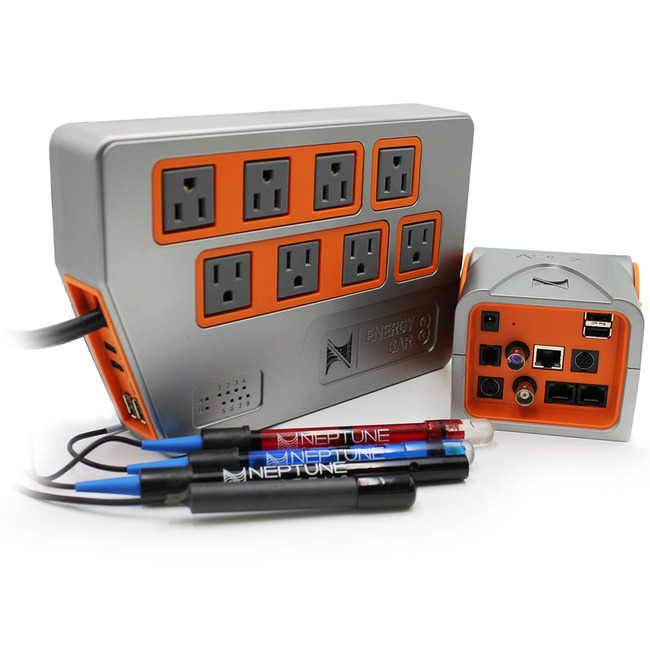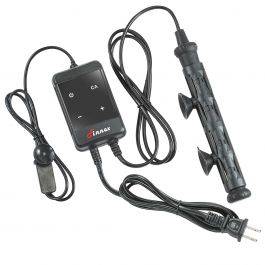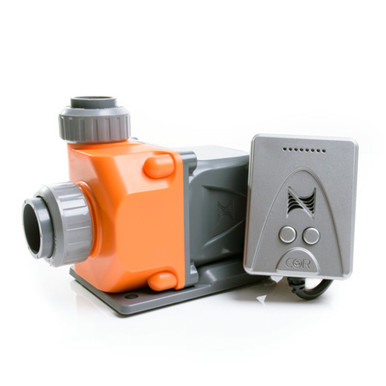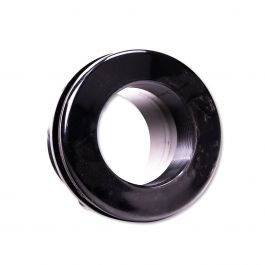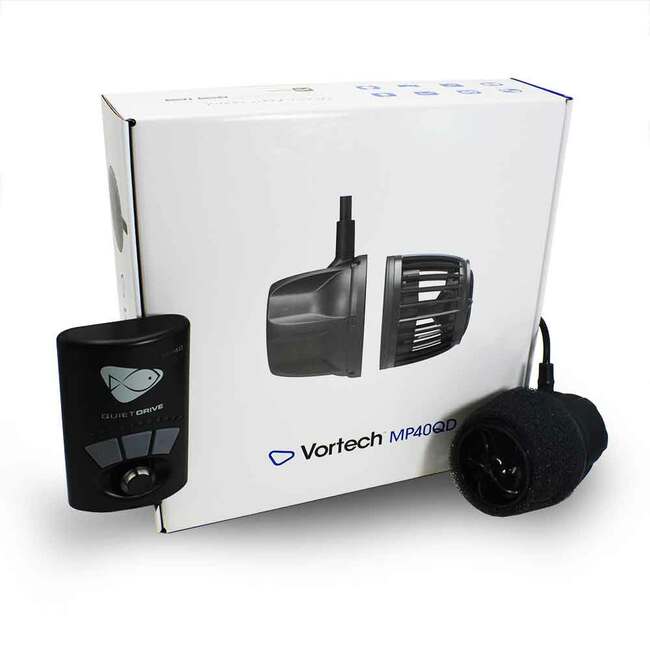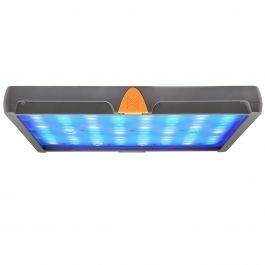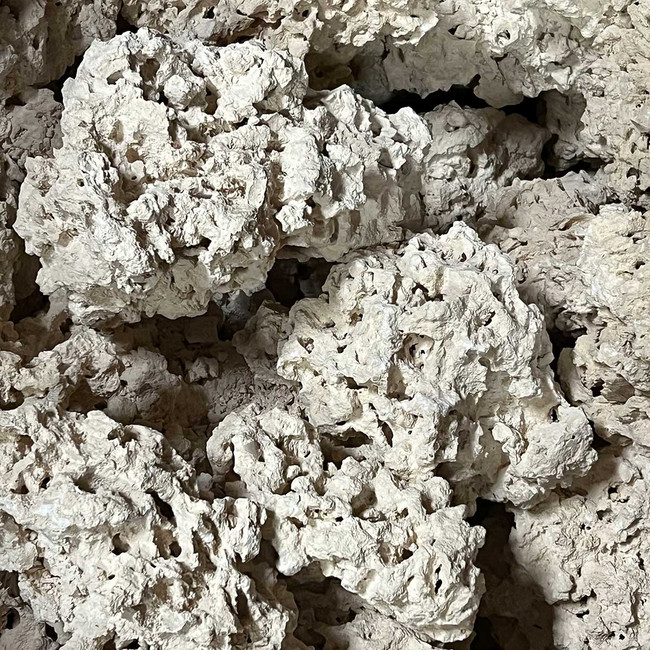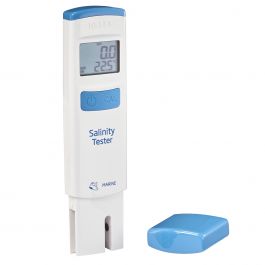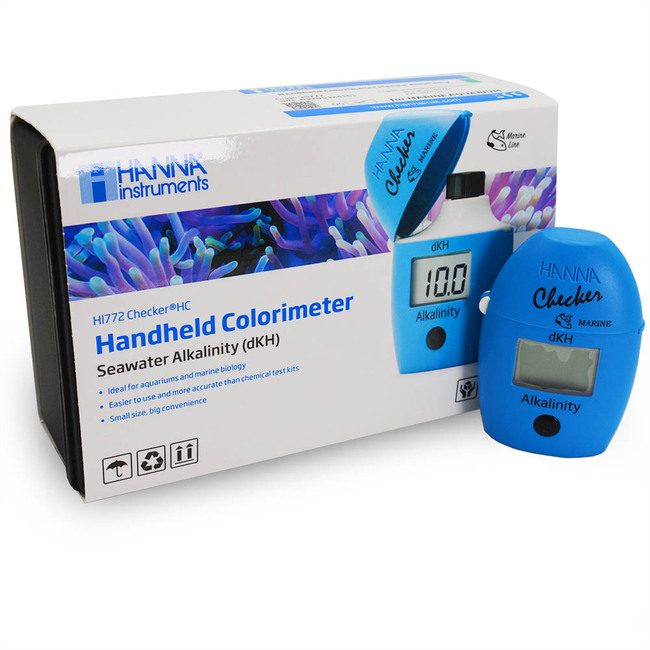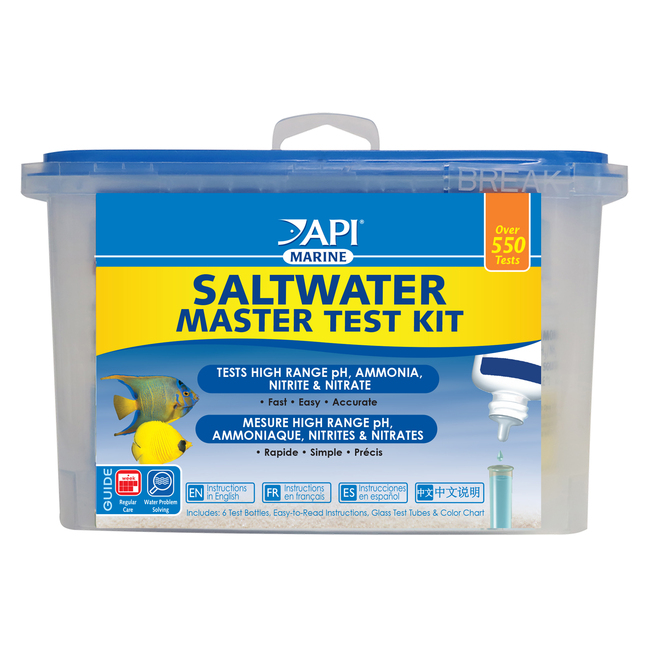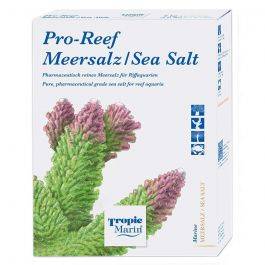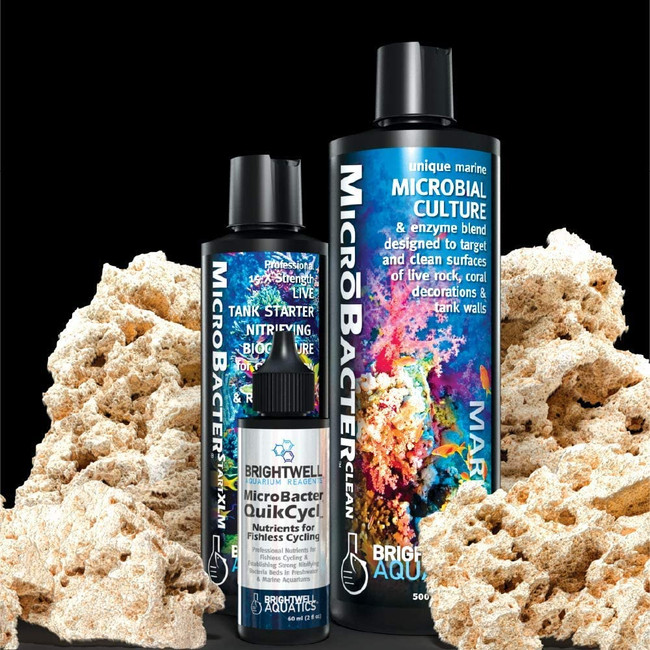After 16 years, our fish died. She was a giant freshwater Red Devil and mean as a snake. She'll be missed. We have a 125 gallon (473 liter) glass tank we'd like to convert to a saltwater reef tank. It's 42" X 20" X 36" (106 X 50 X 92 CM) and I'm going to cut the silicone and rebuild the tank. We had some black mold in the tank about 10 years ago and the fringes of the silicone are stained black. So, I decided I'll rebuild the tank and start fresh. My over encompassing question would be, "If you were starting over, what would you do?". I know that's an open ended question and I have been reading about saltwater tanks for the last few years. I gotta say, there are a lot of options. We haven't even decided that we'll have fish as of yet. I think getting past the learning curve of maintaining a saltwater aquarium and keeping a reef alive and flourishing should be our first task. We have time and don't need to rush anything. We have canister style filters (200 gal filtration each) and a big chiller (JBJ Arctica). We bought the new canisters and the chiller 3 years ago replacing our old equipment. Any ideas and or information would be appreciated. If you have any questions about something I left out, please feel free to ask. I thank you for your time.
Respectfully submitted.
Respectfully submitted.










